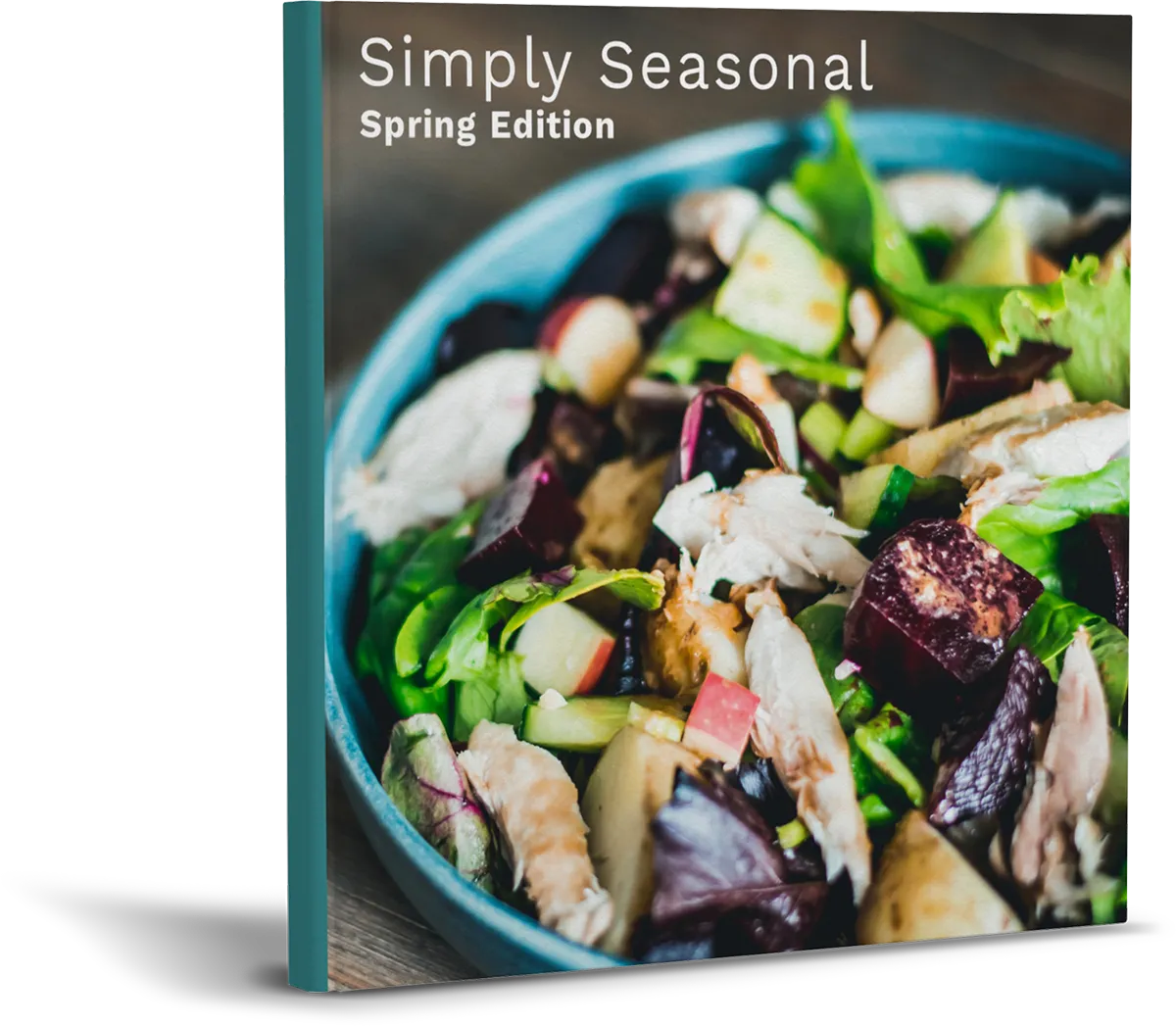In this article I provide you with a full and accurate breakdown of the calorie and macronutrient levels of common foods and use other methods to help you make more informed decisions about portion sizes.
Counting your calories and macronutrients is not for everyone, but establishing an understanding of the energy density of foods and their macronutrient breakdown can be both educational, empowering and a useful action when looking to bring awareness to appropriate portion sizing.
Whilst the quality of food is crucial for optimal health, calorie intake is also fundamental to good health as well. Consistently eating above your physical needs will result in weight gain no matter how healthy the food is, likewise chronically eating below your energy requirements will often result in impaired health, perhaps undesirable weight loss or eventually reduced metabolism.
When we look at the hierarchy of importance with nutrition, I would consider energy balance at the top, appropriate macronutrient balance second and micronutrient levels third. By focusing on the quality and variety of foods, as well as getting appropriate energy intake and balance of macronutrients the micronutrients generally take care of themselves.
The Steve Grant Health Calorie and Macronutrient Breakdown of Common foods
Below you are able to download our most up to date calorie and macronutrient breakdown. We established these values using Nutritics a website devoted to establishing the nutrient breakdown of foods to assist health professionals, the food industry and more.
NB: If there is a food missing from this list that you would like an accurate breakdown please email us and we will endeavour to update this document as soon as possible and email you back when it is updated.
Visualising portion sizes
For those of you less keen on measuring and calculating calorie and macro levels ongoing, then I recommend doing it for only a short period of time with the meals and foods that you most commonly eat. When doing this use your camera phone to take an image of your own appropriate portion size based upon your calorie and macronutrient needs for that meal. You can then use this as a visual reminder in the future.
Using saved images to refer to is probably a better method than relying on a visual memory alone, as hunger, cravings and time will probably result in distorted ideas on appropriate portion sizes. The majority of us tend to misjudge portion sizes and energy levels in foods quite dramatically, typically anywhere from 20-40%, with the larger the meal the worse we are at judging calorie content.
What about eating out or with friends?
As I have spoken about in previous articles, there is a time and a place for being more specific with your food intake (quality and quantity) and also a time to be more flexible and freer with your choices. Having said that I have regularly seen a few meals a week or a “cheat day” a week derail one’s efforts to improve health or body composition. In some instances you may need to bring awareness to your choices even when being more social and eating for pleasure, especially if you are someone who is a bit more social than the next or has a lot of work engagements that include food and drink.
Understanding more about portion sizes and visually understanding what that looks like can help empower your choices even when you are out and about. Here are some additional tips for you when eating out:
- Don’t be afraid to order off menu when going to a restaurant.
- Find out where you are eating out prior to going out and look at the menu online or have the restaurant send it to you before going out. You can then choose the meal you are going to have prior to turning up. Better yet you can always choose the restaurant yourself.
- If eating around a friend’s house, don’t be afraid to ask what they plan on making before going there. If they are a good friend, I’m sure they won’t mind accommodating tweaks and changes to what you want to eat. If they don’t then get some new friends to eat with or just some new friends!
- Remember you don’t have to be perfect, it’s not black and white, good or bad, it’s about being comfortable with the choices you are making, understanding the purpose of that meal and doing the best with what you have available to you.
- Consider calories that you drink and consider adjusting your meal choice appropriately if you are consuming liquid calories
- Eat mindfully. Eating more slowly, listening to hunger or fullness cues and adapt how much you eat based upon what your body is telling you.
- Remember you don’t have to eat everything on the plate or that is served to the table. Eat an amount that brings the sense of pleasure but know that very little additional pleasure is taken from subsequent mouthfuls. The pleasure is strongest in the first few mouthfuls.
- Picture having one plate that you would serve all your food onto for the whole meal. If you was to serve it all at the same time on a single plate would that change how much you ate?
Why restaurants should change
In my view all restaurants should make the calorie and macronutrient breakdown mandatory on menus to help empower us to make more appropriate choices. I also believe this will make food outlets and restaurants more aware of the foods they use to create their meals, becoming more exploratory with healthier and less energy dense foods.
We offer a service to those running food outlets and restaurants where we will calculate the calorie and macronutrient levels of their meals per portion and can offer advice on how to adjust meals to help make the energy density more appropriate, the quality of ingredients better and the macronutrients as balanced as possible for appropriate satiety.
This is not a hard thing to do because any restaurant or food outlet will have a breakdown of the portion size per ingredient and per portion size because it requires this to create appropriate costings, so they have the correct profit margins per portion. I think most choose to not add the calorie and macro details because they either have no access to doing it, don’t want to display the calorie levels in case it puts people off or just have little awareness on how useful this might be to people to make more informed choices.
Is there a more automated way of tracking calorie and macro’s?
An alternative is using an app like myfitnesspal to record and track your food which can add the advantage of being able to scan barcodes to bring up the calorie and macronutrient content. The only word of warning with myfitnesspal is that on occasions the data can be somewhat inaccurate because the vast majority of entries rely upon data inputted by you or me, which unfortunately is not the most accurate method of data collection.
Benefits of myfitnesspal are features like barcode scanning, being able to set your own calorie and macro goals and it automatically tracking it daily for you, saving certain meals and foods to your favourites, sharing your diary with friends or professionals like myself.
Anyway, it’s certainly not for everyone and if you are the sort of person that struggles with technology it’s probably not for you either and perhaps the old school weighing scales and calculator are best for you.
In summary, bring awareness to energy balance, consider what is appropriate for your goals and your health and use either our guide, imagery, apps like myfitnesspal to help you track your portion sizes for a bit. See how it looks in comparison to what you normally eat and consider tracking your weight/body composition and physically and mentally how you feel alongside it so you can see the impact energy balance focus is having on you.
Contact Steve Grant Health
To learn more out how Steve Grant Health can assist you on your journey, please fill out the enquiry form below.
Please note that depending on your specific circumstances and goals, Steve may recommend that you work with one of the specialist practitioners within his network of trusted professionals.
If you have been referred by a clinician, please complete the form and ensure that you state who has referred you or have your practitioner email Steve direct to make a referral that way.
Click the button below to open the client enquiry form:
[widgetkit id=”643″]



